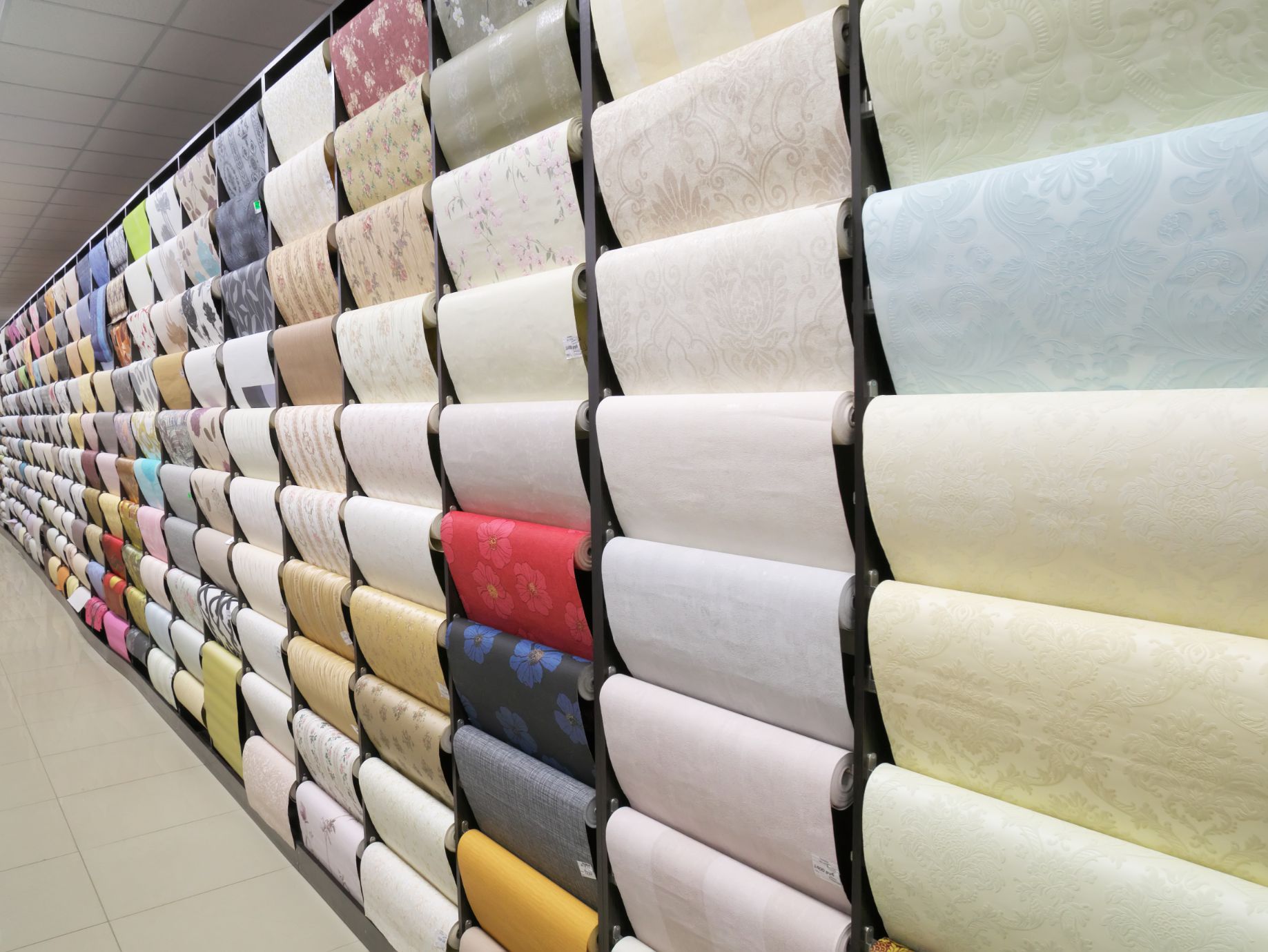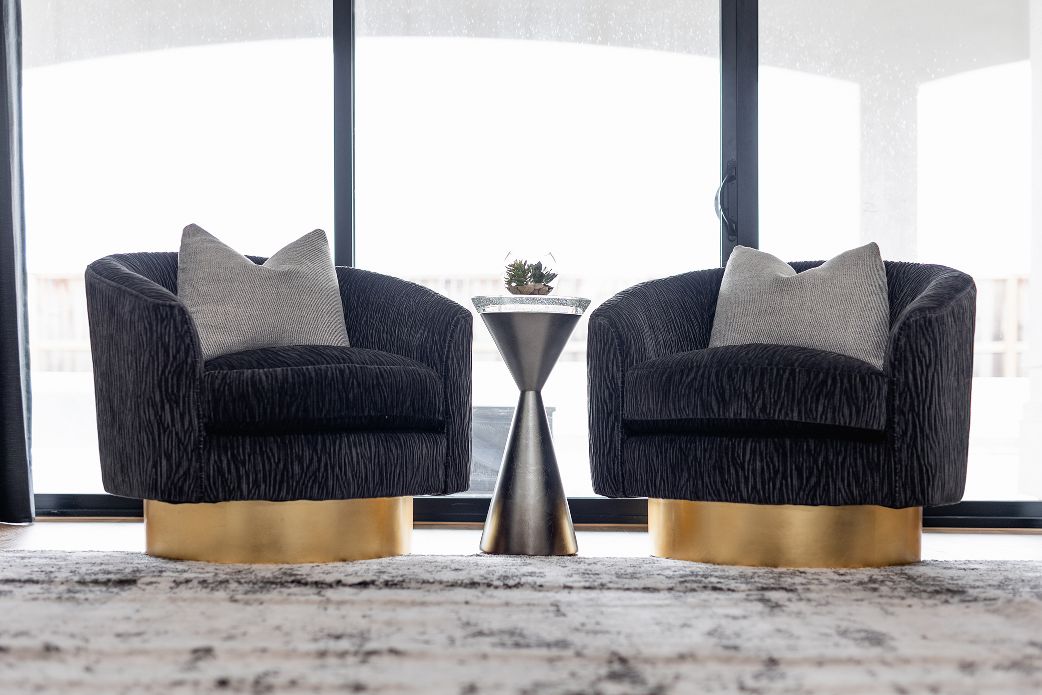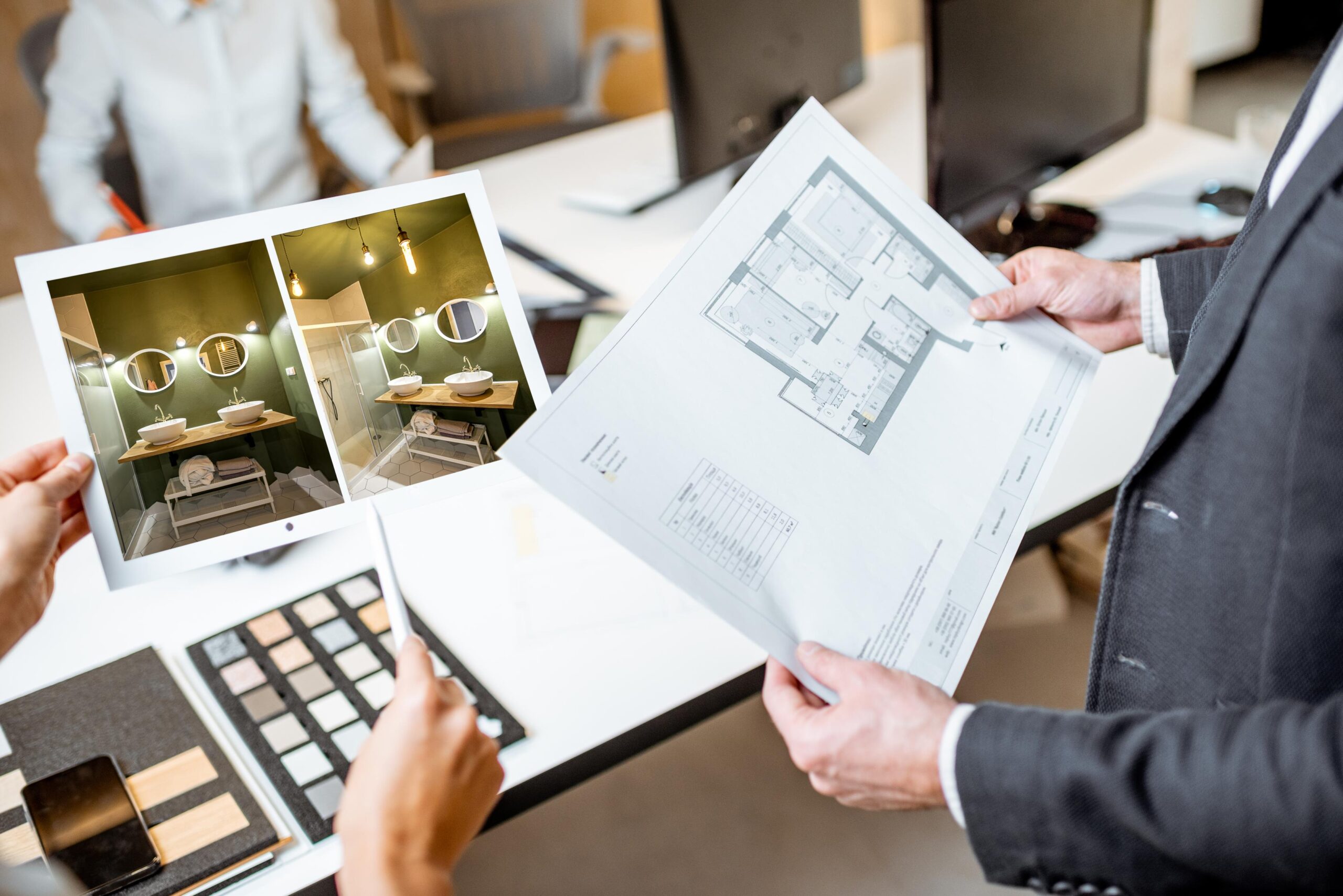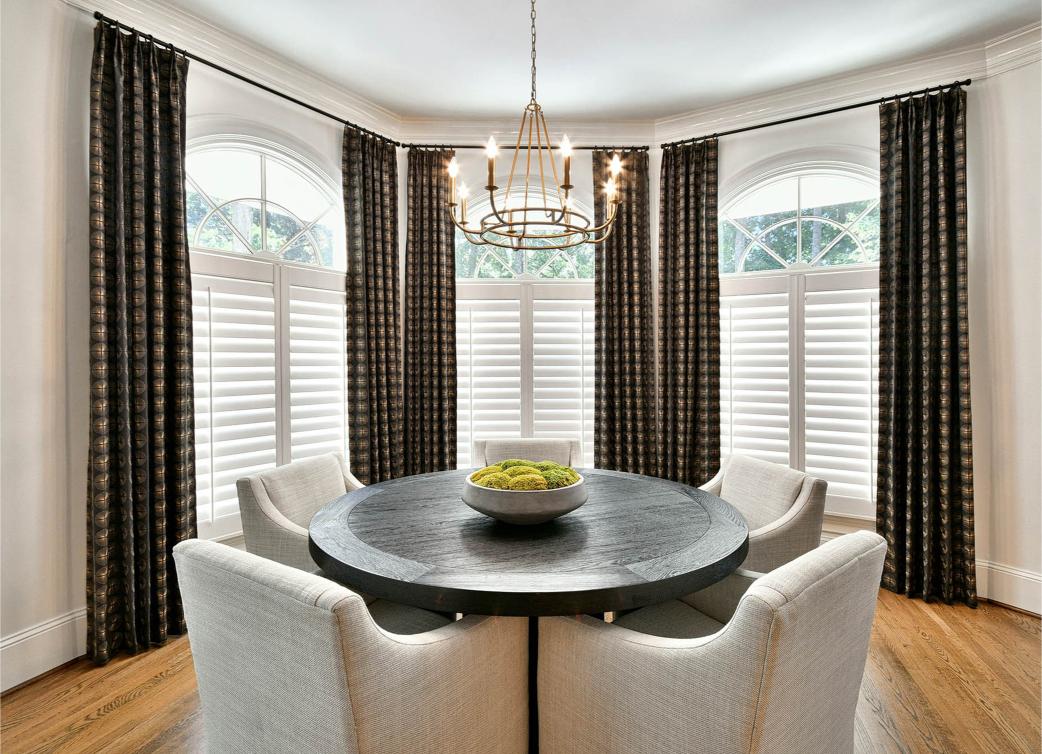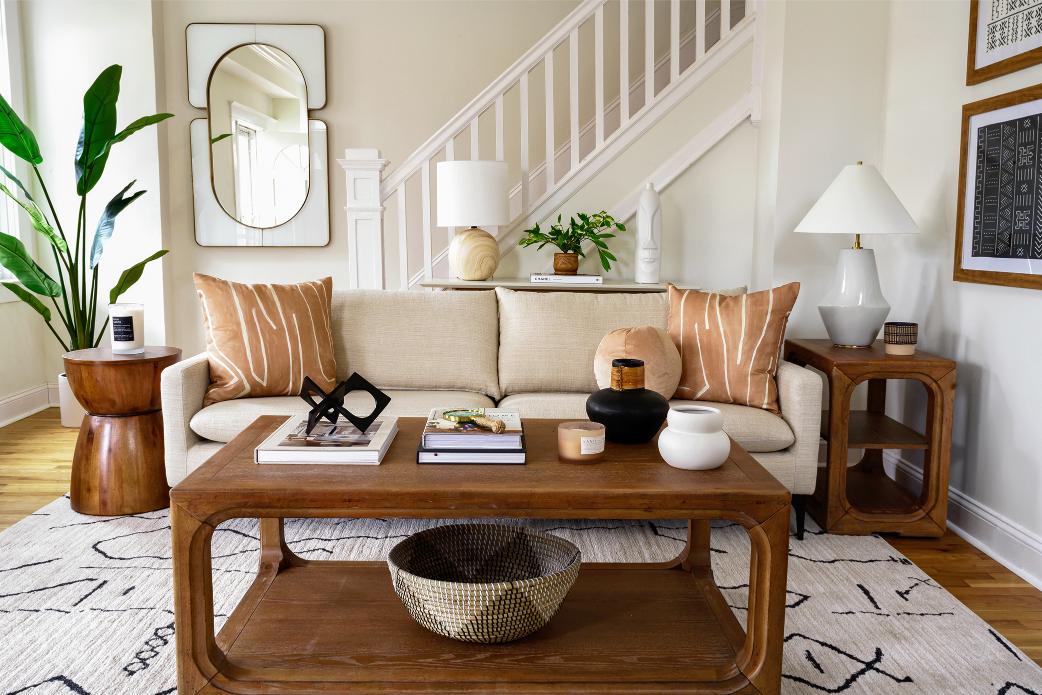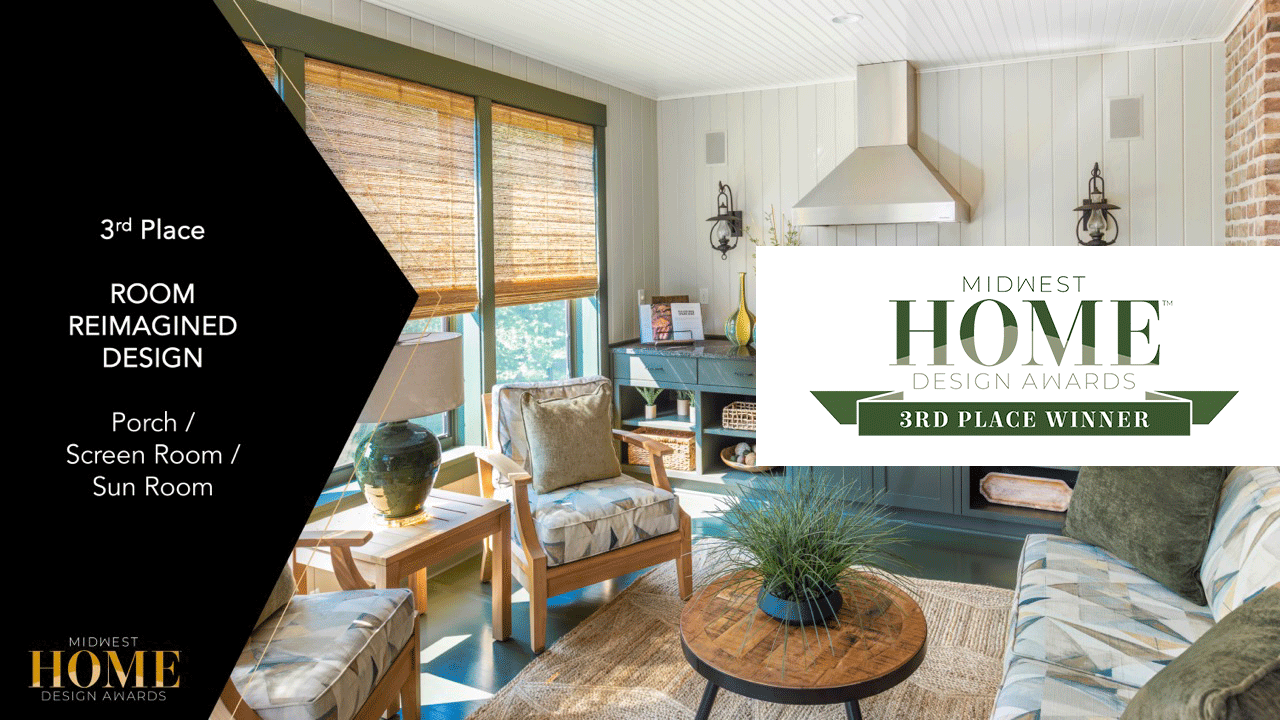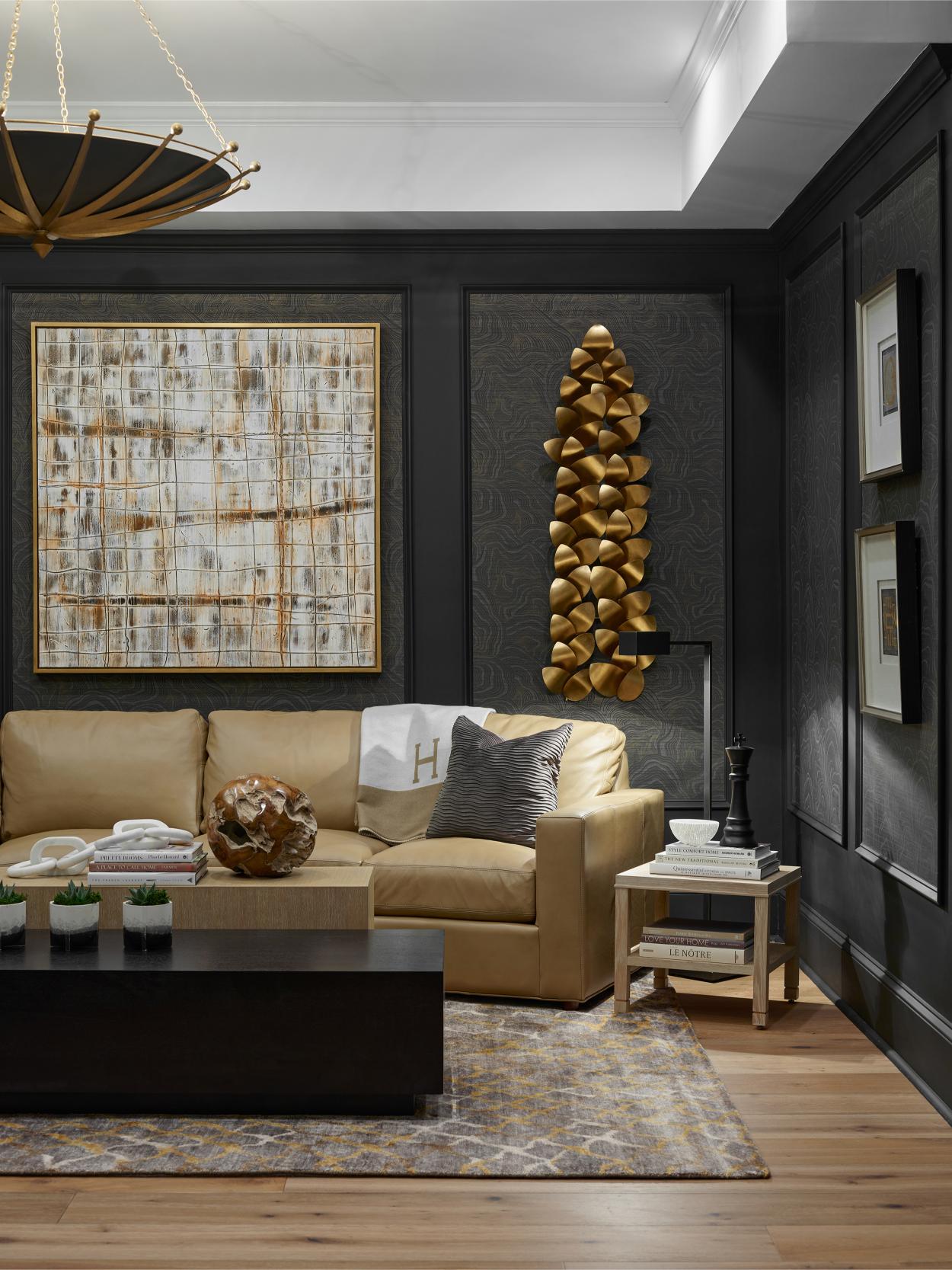Wallpaper has a rich history in interior design, dating back to the 17th century. While its popularity may fluctuate, it remains a versatile tool for adding style and personality to any space, including bathrooms. In this guide, we will provide you with valuable tips on how to effectively use wallpaper in your bathroom, ensuring a stunning and functional result.
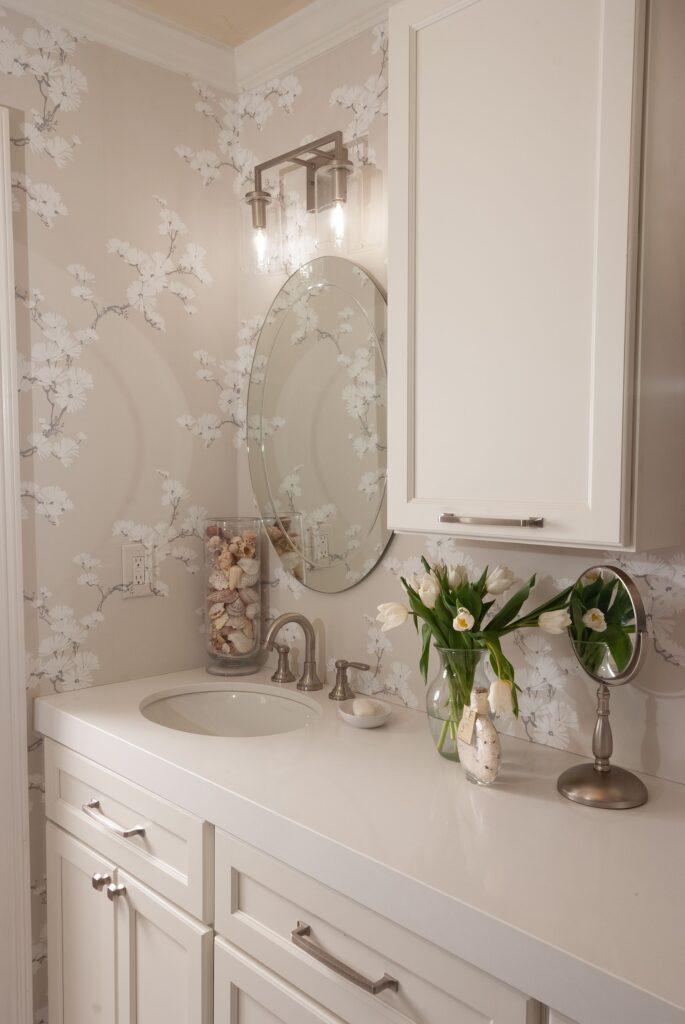
Where Do You Start When Wallpapering?
When it comes to wallpapering a room in your home, it’s important to start with careful planning. Begin by selecting the right type of wallpaper for your space, considering factors such as the room’s function and your style. Once you have chosen the perfect wallpaper, make sure to measure the walls accurately to determine how much you will need.
Before applying the wallpaper, it is essential to prepare the surfaces properly. Clean the walls thoroughly to remove any dirt, dust, or grease. If there are any imperfections, such as cracks or holes, fill them in and sand the area smooth. This will ensure a smooth and even surface for the wallpaper to adhere to.
Next, create a guideline by marking a straight and level line on the wall where you will start hanging the wallpaper. This line will serve as a reference point to ensure that your wallpaper is applied straight and aligned properly. Use a spirit level and a pencil to create this line, ensuring accuracy.
Hanging the Wallpaper
Starting a wallpapering project requires careful planning, surface preparation, and attention to detail. By following my tips, you can achieve a beautifully wallpapered room that adds style and personality to your home. Once the wall is prepared, it is time to apply the wallpaper. Most wallpapers come with instructions that outline the specific steps to follow. Generally, the process involves applying adhesive or paste to the back of the wallpaper, allowing it to soak and become tacky, and then carefully positioning and smoothing the wallpaper onto the wall.
Can I Apply Wallpaper Directly to the Wall?
When it’s time to hang the wallpaper, start at one corner of the room. Wallpaper can typically be applied directly to the wall, without the need for any additional treatment or preparation. This makes it a convenient and straightforward option for homeowners looking to add some visual interest to their space. Apply an even layer of wallpaper paste to the back of the first strip using a roller or a brush. Carefully position the strip along the guideline, smoothing it out as you go to remove any air bubbles. Use a wallpaper smoother or a clean, damp sponge to press the wallpaper firmly against the wall.
Continue hanging the strips of wallpaper, aligning the patterns if necessary, and ensuring that each strip overlaps slightly with the previous one. Trim any excess wallpaper at the ceiling and baseboard with a sharp utility knife.
Lastly, take your time and pay attention to the details. Make sure the seams are clean and smooth and that any pattern matching is done accurately. Take breaks when needed to ensure your focus and precision throughout the process. It is important to take your time and work diligently to avoid any air bubbles or wrinkles. Using a wallpaper smoother or a soft cloth can help to achieve a smooth and seamless finish. Trimming the excess wallpaper carefully with a sharp knife or scissors is the final step in the installation process.
By following the proper preparation and installation steps, you can achieve a beautiful and professionally finished look in your space.
Keep in mind that the specific instructions may vary based on the type and brand of wallpaper you choose. Certain wallpapers, such as vinyl or textured wallpapers, may require additional steps or considerations during installation. It is always recommended to consult the manufacturer’s instructions or seek professional advice if you have any doubts or questions.
Choosing Wallpaper for Your Bathroom
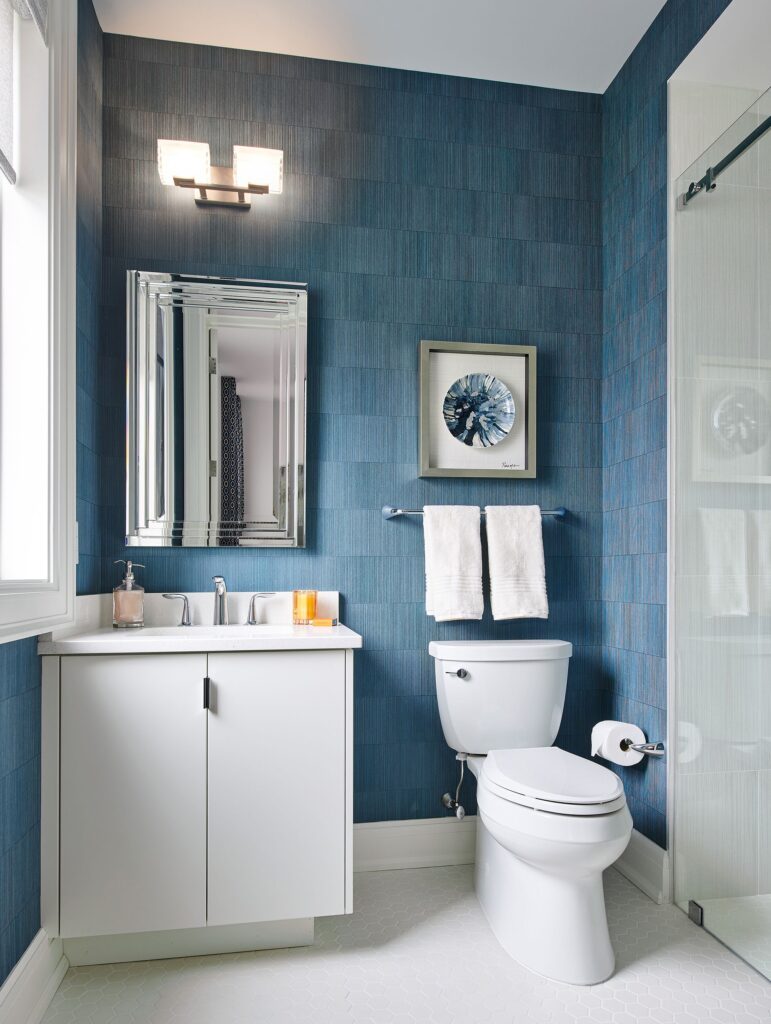
When it comes to choosing wallpaper for your bathroom, it’s important to consider the specific needs and challenges of this wet and humid environment. Not all wallpapers are suitable for bathrooms, as they may not be able to withstand the moisture and humidity that is often present. To help you make an informed decision, let’s explore the most common types of wallpaper and their suitability for bathrooms:
Types of Wallpaper
- Vinyl Wallpaper: Vinyl wallpaper is the top choice for bathrooms due to its durability and water-resistant properties. It is specifically designed to withstand moisture and humidity, making it an excellent option for this space. Vinyl wallpaper is easy to clean and maintain, making it ideal for bathrooms where splashes and spills are common. Additionally, it comes in a wide range of patterns and textures, allowing you to achieve the desired aesthetic for your bathroom.
- Printed Wallpaper: Printed wallpaper is the traditional option that comes to mind when we think of wallpaper. While it can be a budget-friendly choice, not all printed wallpapers are suitable for bathrooms. Low-quality printed wallpapers may use water-based ink for patterns, which can smudge and fade when exposed to moisture and steam. Choose high-quality printed wallpaper that is specifically designed for bathrooms, ensuring its longevity and resistance to water damage.
- Grasscloth and Bamboo Wallpaper: Grasscloth wallpaper is made from natural materials like cork, reed, and hemp, while bamboo wallpaper consists of fibers glued to paper. While these wallpapers can add a touch of natural texture and warmth to a space, they are not recommended for bathrooms. Natural materials are more susceptible to moisture damage and may warp or deteriorate over time in a wet and humid environment. It’s best to save grasscloth and bamboo wallpapers for drier areas of your home.
- Vinyl-Coated Wallpaper: Another option to consider for bathrooms is vinyl-coated wallpaper. This type of wallpaper has a layer of vinyl coating on top, providing an extra level of protection against moisture. It combines the durability and water resistance of vinyl wallpaper with the aesthetic appeal of other wallpaper types. Vinyl-coated wallpaper is a great choice if you want the best of both worlds – style and functionality.
When selecting wallpaper for your bathroom, it’s essential to prioritize durability, water resistance, and ease of maintenance. Consider the specific needs of your bathroom and choose a wallpaper type that can withstand the conditions it will be exposed to. By selecting the right wallpaper, you can enhance the beauty of your bathroom while ensuring its longevity and functionality.
Choosing the Right Colors and Patterns
When selecting wallpaper for your bathroom, consider the following guidelines for the best results:
Solid Colors
Solid colors can create a relaxing atmosphere in your bathroom. Consider the following shades:
- Neutrals: Pure white, charcoal, or black can provide a clean and fresh ambiance or add a touch of modern drama.
- Cool Greens and Blues: Aqua, sage green, baby blue, periwinkle, or ash gray can evoke a floral, natural, calm, and spa-like feel.
- Warm Yellows and Oranges: Gentle champagne, blush, peach, sandy beige, or cream can make your bathroom feel cozy and welcoming. Avoid bright orange and yellow tones if you prefer a relaxing ambiance.
Wallpaper Patterns
Patterned wallpaper offers endless possibilities to showcase your personality. Consider the following options:
- Luxurious Greys: Floral or botanical patterns can add flair when used as an accent wall.
- Marble, Stone, or Tile Designs: These designs provide the aesthetic benefits of natural materials without the cost and maintenance struggles.
When choosing patterns, keep in mind the size of your bathroom. To create an illusion of more space, opt for large-scale prints of geometric shapes. Additionally, lighter shades reflect light and make a room feel larger, while darker colors absorb light and create a more compact feel. Pale hues and white are safe choices for smaller bathrooms.
Professional Wallpaper Installation
For expert guidance and flawless wallpaper installation, trust the experienced designers at Room Reimagined Design. Contact us today at Room Reimagined Design or call 651-387-3861 to start your bathroom renovation.
By following these tips and working with professionals, you can transform your bathroom into a stunning and personalized space using wallpaper. Embrace the rich history and versatility of wallpaper in interior design and create a bathroom that showcases your unique style.

